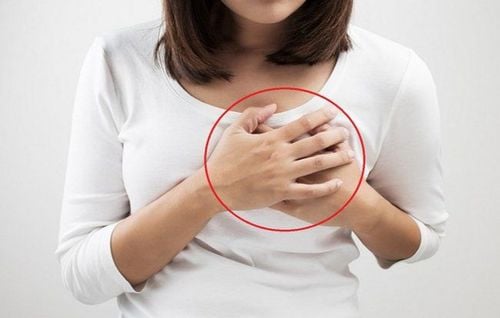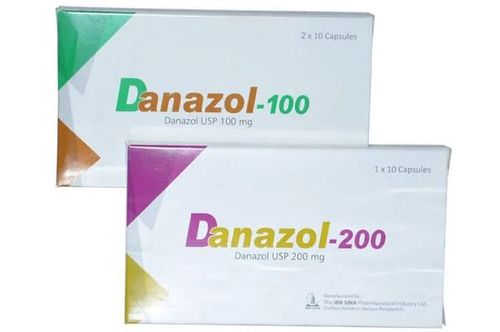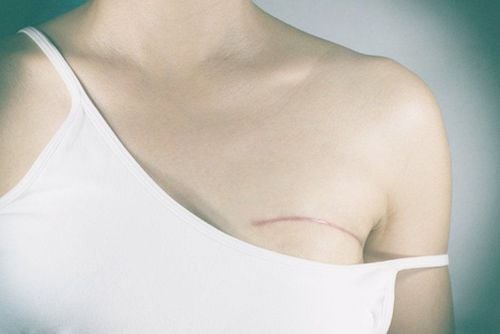This is an automatically translated article.
The article was professionally consulted with Specialist Doctor II Lai Thi Nguyet Hang - Obstetrician and Gynecologist - Department of Obstetrics and Gynecology - Vinmec Ha Long International General Hospital.1. What are fibroids?
Fibrocystic breast tumors are among the most common noncancerous (benign) solid breast tumors in young women aged 20-50 years.What is fibrocystic breast? It is a hard, palpable mass with a smooth, elastic or hard surface and clearly defined shape and boundary. Usually painless, it can feel like a marble in your breast, moving easily under the skin when it's examined.

Treatment of fibrocystic breast may include monitoring to detect changes in size or sensation, biopsy to evaluate the tumor, or surgery to remove it.
Although not harmful, fibroids can make breast cancer more difficult to detect.
2. Symptoms of fibroids
Breast lumps in fibrocystic breast often have the following features:Round with clear, smooth contours. It's easy to move. No pain. Women may have one or more fibroids in one or both breasts. Symptoms may go away after menopause as the production of these hormones decreases and blood hormone levels stabilize.
3. Fibroids when to see a doctor?
In healthy women, normal breast tissue often feels lumpy. You should see your doctor if:You find a new breast lump. You notice other changes in your breasts. A breast lump you examined previously that has grown or changed and appears to be separate from surrounding breast tissue.

4. Types of fibroids
In addition to simple fibroids, there are:Complex fibroids: They can contain changes, such as an overgrowth of cells (hyperplasia). A pathologist makes a diagnosis of complex fibroids after looking at tissue from a biopsy. Teenage fibroids: This is the most common type of breast lump found in girls and teenagers between the ages of 10 and 18. These fibroids can grow large, but most shrink over time. time and some disappeared. Giant fibroids: They can grow to be larger than 2 inches (5 cm). They may need to be removed because other breast tissue can be attached or replaced. Phyllodes tumors: Although usually benign, some phyllodes tumors can become cancerous (malignant). Doctors often recommend that they be removed.
5. Are fibroids dangerous?
Fibrocystic breast cancer does not increase the risk of cancer, but changes in the breast can make it more difficult to detect and diagnose cancer through a breast exam or mammogram. Most fibroids do not affect breast cancer risk. However, your risk of breast cancer may be slightly increased if you have complex fibroids or phyllodes tumors. If you have unusual symptoms, you should be examined and consulted with a specialist.Please dial HOTLINE for more information or register for an appointment HERE. Download MyVinmec app to make appointments faster and to manage your bookings easily.














